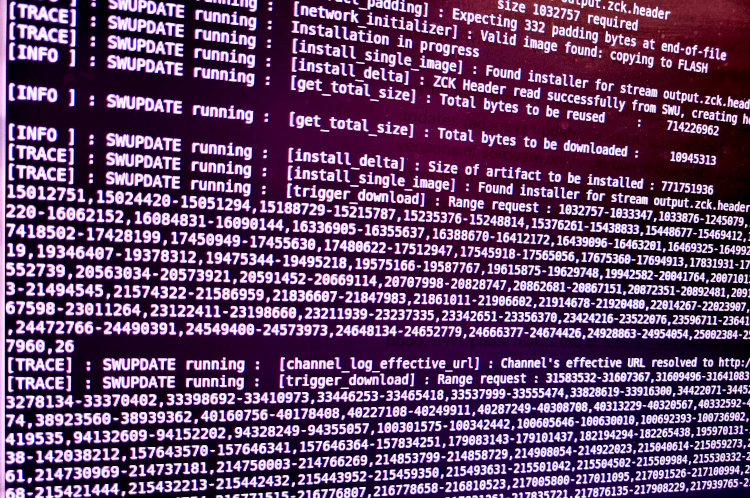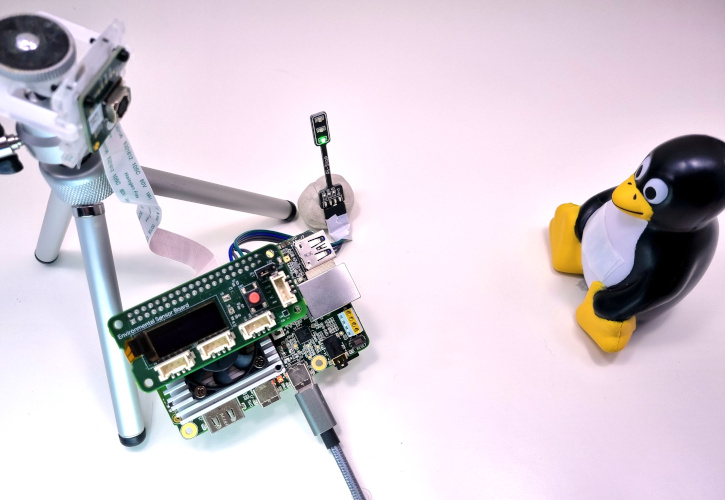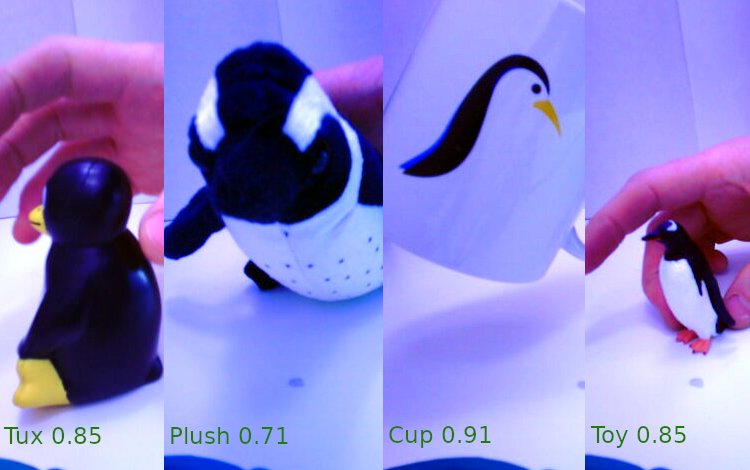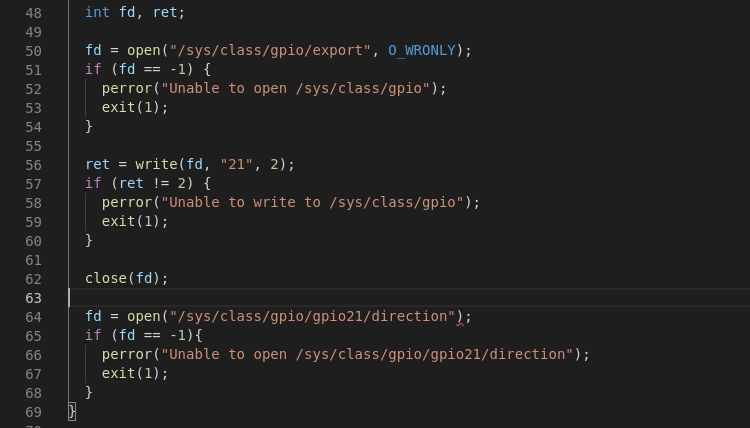This Xmas the Good Penguin is raising money for The Trussell Trust, an organisation that supports a nationwide network of more than 1,300 food banks (approximately two thirds of the food banks in the UK). The food banks, supported by thousands of volunteers, provide both emergency food to people in crisis as well as practical …
Author: Andrew Murray
Delta OTA Update with SWUpdate
With the complexity and dependence on software ever growing, it’s crucial to be able to perform over-the-air (OTA) updates to devices to provide fixes, features and patches for security vulnerabilities. However, a combination of cheap storage and complex software stacks has resulted in an increase in the size of software distributions thus requiring devices to …
Improving Yocto Build Time
Yocto is an excellent distribution builder, however building any Linux distribution from scratch is resource intensive and may take a frustrating long time. This blog posts examines some of the most common techniques that can be used to reduce build times (and resource use). Downloads During a build, bitbake fetches source code from the internet …
2 Second Linux Boot on i.MX8
Earlier this year we we wrote a blog post that looked at the steps required to enable hardware accelerated image classification on an i.MX8 based Coral Dev Board. We created a Linux ‘Tux mascot detector’ that was able to detect if an object placed in front of a camera was the Tux mascot or something …
Understanding why USB Isochronous Bandwidth Errors Occur
A recent customer asked us to make sense of USB bandwidth errors that prevented them from streaming multiple USB audio and video streams simultaneously. Their GStreamer pipelines would fail and a “uvcvideo: Failed to submit URB 0 (-28).” message would be seen in dmesg. The interesting part is that the errors would only occur if …
Edge AI: Image Classification on a Coral Dev Board
There are many benefits in moving artificial intelligence from the cloud to the local device – these include improvements to privacy, security, speed and reliability. However, device local AI (Edge AI and Endpoint AI) has only become possible thanks to improvements in both the computing abilities of embedded devices and improvements in the field of …
Reducing Boot Time with systemd
It’s no surprise that systemd has become the init system of choice for both embedded and desktop Linux distributions – it’s modern, packed full of features and is able to replace an ever increasing number of ancient utilities and daemons. When compared to it’s predecessor (SysVinit) – it also provides a much greater scope for …
Stop using /sys/class/gpio – it’s deprecated
The well known /sys/class/gpio interface has been around since version 2.6.27 of the kernel – way back in 2008. It provides an easy to use, file-based means of accessing GPIO from user-space. In the embedded Linux space it’s commonly used by applications to directly interact with hardware and most engineers can probably recount times where …
A Year in Review: 2021 at The Good Penguin
As we enter the new year, we’d like to give thanks and appreciation to our customers, employees and partners. We wish you all a happy new year and look forward to working with you on interesting and challenging projects. We thought this would also be a great opportunity to look back at our highlights of …
Keeping Track of Time with Systemd
Nearly all smart devices obtain and keep track of time – it’s something that ‘just works’ and something which we often take for granted. Yet under-the-hood there is a surprising amount of complexity – software needs to obtain an accurate external source of time (e.g. NTP), it needs to handle drift and gradual synchronisation between …









